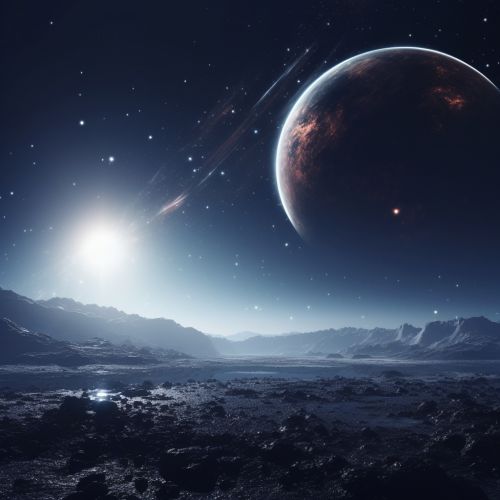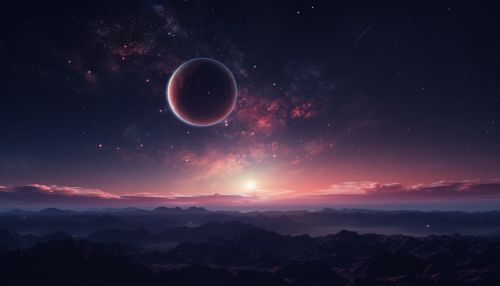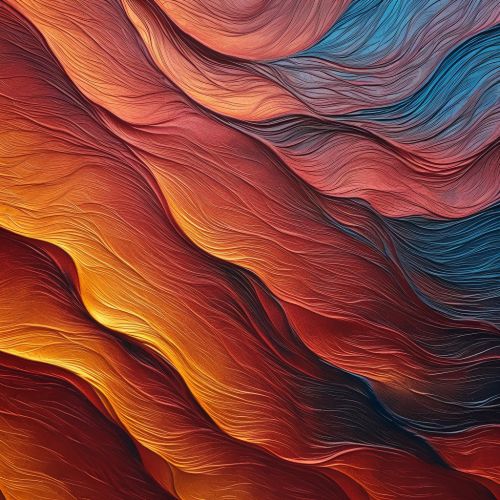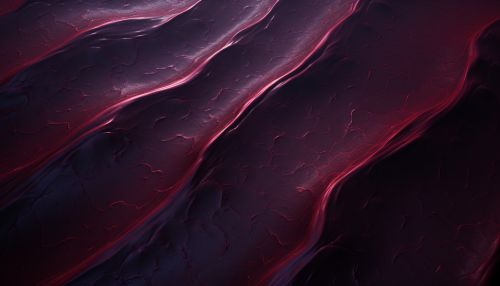Chiron
Overview
Chiron is a minor planet in the outer Solar System, orbiting the Sun between Saturn and Uranus. Discovered in 1977 by Charles Kowal, it was the first-identified member of a new class of objects now known as centaurs—bodies orbiting between the asteroid belt and the Kuiper belt. Although it was initially called an asteroid and classified only as a minor planet, it was later found to exhibit behavior typical of a comet. Today, it is classified as both a minor planet and a comet.


Discovery and Naming
Chiron was discovered on November 1, 1977, by Charles Kowal from images taken on October 18. The discovery was announced on November 7, following confirmation by precovery images at Palomar Observatory taken in August. Chiron's provisional designation was 1977 UB. It was named after Chiron, one of the centaurs of Greek mythology, following the established tradition of naming such objects after these creatures.
Orbit and Rotation
Chiron orbits the Sun at a distance of 8.5–19.2 AU once every 50 years and 7 months (18,446 days; semi-major axis of 13.7 AU). Its orbit has an eccentricity of 0.38 and an inclination of 7° with respect to the ecliptic. Chiron's rotation period is approximately 5.9 hours, and it has a low axial tilt of about 4 degrees.
Physical Characteristics
Chiron has an irregular shape with a diameter of 206±16 km, and it is 0.04 times that of the Moon. The color of Chiron is moderate reddish (B–V = 0.70, V–R = 0.42), which is typical of other centaur objects. Its surface is probably composed of a mixture of water ice, other ices, and silicate rock.


Cometary Activity
Chiron is known to have a cometary coma, as it was observed in 1988 when it passed perihelion. This was the first time an asteroid was observed to exhibit such behavior. This has led to Chiron being classified as a cometary body, as well as a minor planet.
Exploration
As of now, there have been no space missions to Chiron. However, the possibility of sending a space probe to Chiron and other centaurs has been studied. The high eccentricity of Chiron's orbit makes it difficult to reach. However, the New Horizons 2 mission has been proposed, which would conduct a flyby of Chiron.
